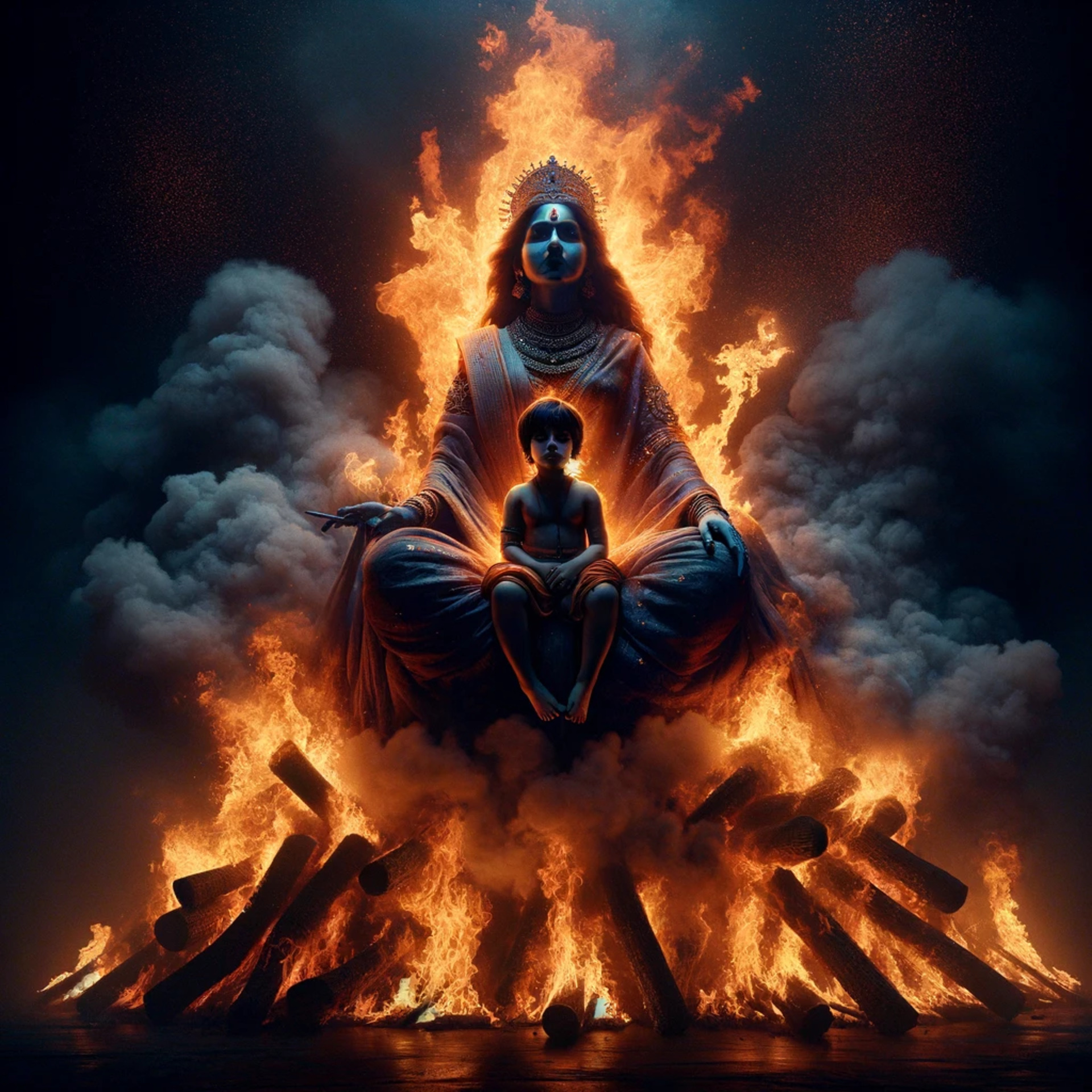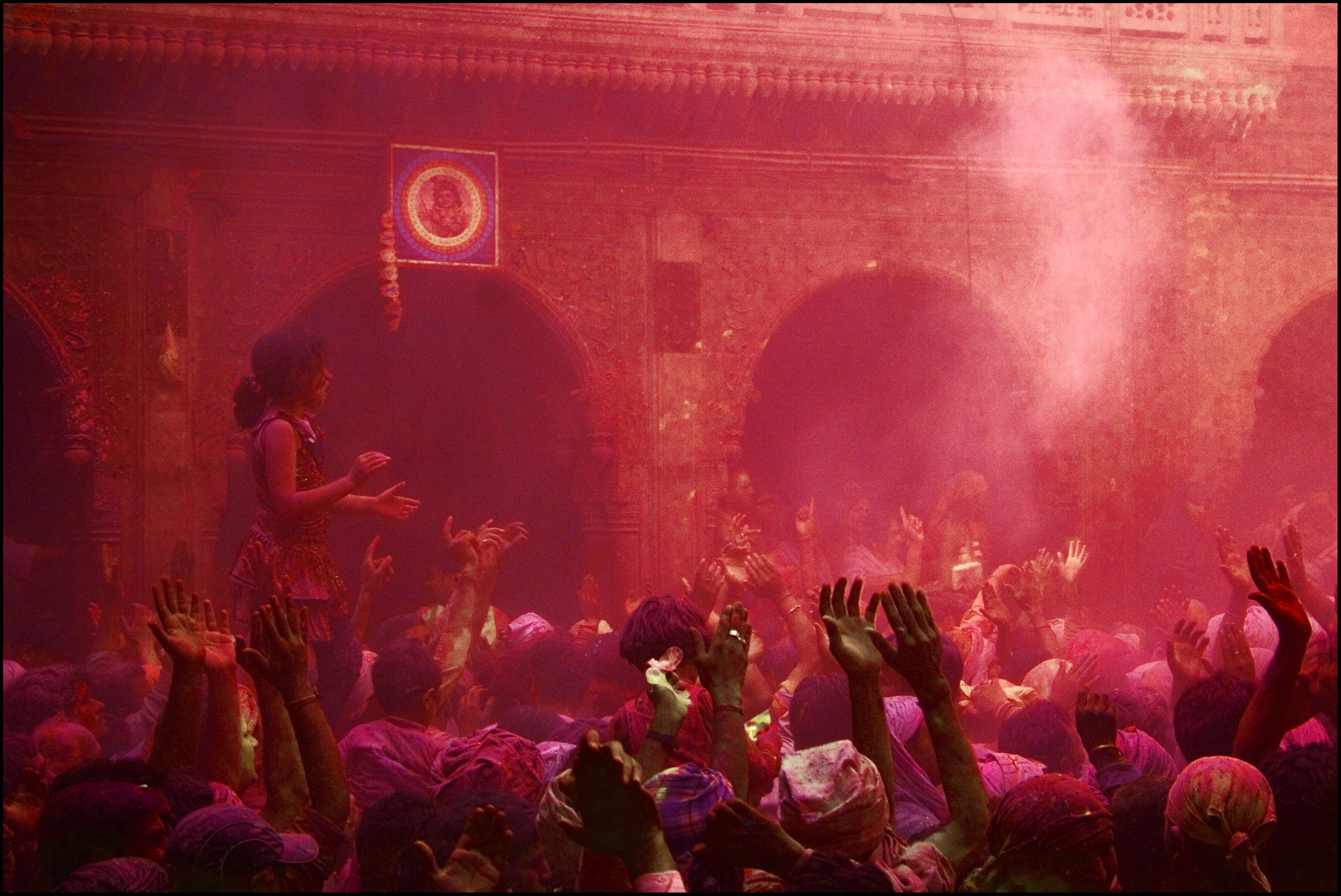Sankashti Chaturthi, also called Sankathara Chaturthi, is a day in every lunar month of Hindu calendar, devoted to Shri Ganesha. The day mainly comes on the fourth day of Krishna paksha (dark lunar phase). It is called Angaraki Sankashti if it falls on Tuesday. Angarak means burning coal that looks red and signifies planet Mars. Angaraki is the most important of all the Sankashti Chaturthi days. It is said that Bhagwan Shiva declared his son to be superior of all Bhagwans except Vishnuji, Parvatiji, Lakshmiji and Shivji.
Sankashti Chaturthi
Every month, as per the Hindu Lunar calendar, has two Chaturthi, one in Krishna Paksha and the other in Shukla Paksha. The one that falls in Krishna Paksha is known as Sankashti Chaturthi and the one in Shukla Paksha is known as Vinayak Chaturthi. Sankashti Chaturthi is known to be an obstacle removing ritual, as laid down by Maharishi Abhisheka. Devotees worship Ganesha on this day with the hope of being blessed with fulfillment of desires and removal of obstacles from their plans and goals. Ganesha, known as vighnaharta or remover of obstacles, is the supreme God of intelligence and is known to show light in darkness and path to the lost. On this day devotees observe a strict fast and consume only fruits, roots and vegetable products. They break the vrat after darshan of the moon, followed by a Puja of Shri Ganesha. Before moonlight, Ganpati Atharvasheersha is recited, to seek blessings of Ganpati ji, who is known as Bhagwan of Bhagwans. Chaturthi that falls in the Krishna Paksha of Magh month, is known as Sankat Chauth.
The whole stature of Ganesha symbolizes deep spiritual meaning such as:
- Large ears to listen more
- Big head to think big
- Rope to pull you nearer to the highest goal
- Axe to cut unnecessary attachments
- Tusk to throw away bad and take good.
- Small mouth to talk less.
- Trunk for adaptability.
- Modaka are rewards of sadhana.
- Hand in blessing posture, blessing on spiritual evolution
- Large stomach for digestion of all good and bad in life.
- Prasad at the bottom symbolizes that the world is at your feet.
- A mouse, symbolizing desire. You must control and ride your desires and let not the desires control and ride your life.
This description of Ganesha is an institution in itself that teaches the spiritual way of life.
DEITIES ASSOCIATED WITH THE FESTIVAL:
On the day of Sankashti Chaturthi, people offer prayers to Shri Ganesha along with the worship of Chandra Devta. Shri Ganesha is worshipped with different names and Peetas on Sankashti Chaturthi of every month, and there is a different vrat katha associated with it. There are a total of 13 vrat kathas, considering the adhik maas that comes in every leap year.
MONTH NAME OF GANESHA WORSHIPPED PEET ASSOCIATED
Chaitra Vikata Maha Ganpati Vinayak peeta
Vaishakha Chanadarak Ekdanta Ganpati Srichakra peeta
Jeshtha Krishna Pingle Maha Ganpati Shri shakti Ganpati peeta
Ashadha Gajanan Ganpati Vishnu peeta
Shravana Herama Maha Ganpati Ganpathi peeta
Bhadrapada Vignaraja Maha Ganpati Vigneshwara peeta
Ashwayuja Vakrathunda Maha Ganpati Bhuvneshwari peeta
Karthika Gandapa Maha Ganpati Shiva peeta
Margasira Akuratha Maha Ganpati Durga peeta
Pushya Lambodara Maha Ganpati Soura peeta
Magha Dwijapriya Maha Ganpati Samanya Dev peeta
Phalguna Balachandra Maha Ganpati Agama peeta
Adhika Vibhuvana Palaka Maha Ganpati Doorva Bilva patra peeta
ORIGIN AND SIGNIFICANCE:
As mentioned in ancient scriptures, Shri Ganesha was born out of Parvati ji. Parvati ji created a mould of a baby from turmeric paste that she used for her bath, and breathed life in it. The mould transformed into a little boy and she adored him as her son, naming him Ganpati. She then asked Ganpati to stand at the door of her palace and guard it while she was taking a bath inside. As the little boy stood guarding the entrance, Shiva appeared. He didn’t allow Shiva to enter the palace as he did not know who he was. Shiva was angered by this and insisted that he was allowed to enter. Despite repeated requests and threats, Ganpati did not budge. Shiva then decided to battle the boy to show him his status. As the boy was endowed with powers given by Shakti Devi Parvati, he defeated Shivji’s followers (ganas), and said that nobody could enter inside. Narad muni and Saptarishi also tried to pacify him, but in vain. Then Indra Dev, with his army attacked him, but did not hold a chance to win. Once the devatas got defeated, Shiva himself attacked him and severed his head. When Ma Parvati came to know about this incident, she was traumatized at losing her son and took her Adi shakti form. She threatened to destroy the universe if her son was not brought back to life. Shiva then went to get the head of the first animal found sleeping, with his head facing North. He found an elephant and placed its head on the trunk of Ganpati. From that day, Ganpati came to be known as Ganesha.
Generally, Ganesh Chaturthi is the most commonly and enthusiastically celebrated festival, but, Sankashti Chaturthi is also equally important. Ganpatiji’s strength and intellect is beautifully described in Ganesha Purana. Amarkosh explains other names of Ganeshji as Vignaharta (one who eliminates hurdles), Ganadhipa (One who leads hundreds), Ekdanta (one who has one tusk), Heramba Lambodra (one that has bulging belly), Gajanana (One whose resembles to that of elephant). In puranas it is mentioned that he is the God of supreme intelligence. In Ganesh Sahasranaam, he is mentioned as Budhipriya means fond of intelligence. In Kundalini yoga sutra, he is associated with the Muladhar chakra or root chakra, representing stability in life. In Ganpati Atharvashirsha, he is said to reside in the basic chakra, located at the base of the spine. He centrifuges all other chakras connected with the wheel of life. Thus, Ganesha is the substantial force for everything in life. One must meditate on the Ganesha mantra every morning through rudra beads to strengthen one’s root chakra.
CUSTOMS, TRADITIONS AND RITUALS:
It is said that observing vrat on the day of Sankashti Chaturthi, can remove barriers of life and leads to ultimate happiness. One can get relief from all the guilt and find a place in the heart of Ganeshji called Sawananda lok. This day is ritualistic and is followed in the following way:
- Waking up early in the morning on the day of Chaturthi and taking an early bath.
- Visiting a Ganesha temple if possible or worship at home only.
- Observing fast from the sunrise till moon sight at night, and can have fruits, roots and vegetables. One can have sabudana khichdi, peanuts and potatoes.
- Devotees put on vibrant articles related to Muladhara chakra, like rudra beads, Ganesha murti, lockets and also Ganesha Yantra.
PUJA VIDHI AND KATHA:
Vidhi:
- Wake up early in the morning of Sankashti Chaturthi, take a sacred bath. Wearing red clothes is considered auspicious on this day.
- Offer water to Surya Devata, taking a commitment of performing fast in a serious way.
- Clean the chowki where worship has to be performed, place a red cloth over it and offer akshat and flowers on it. Also place a betel nut wrapped with red thread on the chowki.
- Place Kalash near to it, praying Ganpatiji.
- Place Moola virat of Ganeshji at the place of worship and do the abhishek with Ganga water, using paan leaf and then apply sandalwood
- Offer new clothes, fruits, flowers, 21 dhruv leaves, akshat, ghee lamp, modak bhog on paan leaf.
- Give dhoop and spray natural perfume to Ganpatiji.
- Recite Ganesha Chalisa and then read the vrat katha of Sankashti Chaturthi.
- Do aarti and keep vrat, chanting the Ganesh mantras the whole day.
- Offer water, milk and honey to the moon at night, and worship the moon.
- Distribute the Prasad and then do Parana or break the fast.
Mantras:
- Vakratunda Mahakaya Suryakoti Samaprabha Nirvighnam Kuru Me Dev Sarva Karyeshu Sarvada.
- Om Shreem Gam Saubhagya Ganpatye,Varvarda SarvajanmaMein Vashmanya Namh.
- Om Gam Ganpatye Namah.
Katha:
Once, Shivji and Mata Parvati were sitting on the banks of a river. Parvatiji expressed her desire to play the game of chausar. As there was no decision maker, Bhagwan Shiv created a boy out of clay and breathed life into him. The game started and Parvati Ji won, three times in a row. But when the boy was asked, he without a thought, declared Mahadev as the winner. On this, Parvatiji got angry, and cursed him to become handicapped with one leg. He apologised to her, and asked for a solution. On this, Mata Parvati asked him to wait for Nag kanya, and learn the vrat and puja vidhi of Sankashti Chaturthi from them. He was told to observe a vrat of 21 days to get rid of the sin. He offered prayers to Bhagwan Ganesha with utmost sincerity. Ganesha was pleased with his devotion, and blessed him with a boon to meet Shiv-Parvati on Kailasha Parbat. Bhagwan Shiva also observed the same vrat to calm Devi Parvati who was angry with him and retreated to Kailasha alone. Mata Parvati also performed the same vrat, to meet her son Karthikeyan, and eventually he visited Kailasha.
There is another story associated with Sankashti Chaturthi. Once, there was a potter in the dynasty of Harishchandra. He threatened a boy to throw him out of his job, to overcome the problem of raw pots. He did this on the advice of a priest. The boy’s mother got upset and prayed to Ganesha for improving her son’s skills. Next day, all the dishes of the potter were cooked, and the boy was not discouraged. The boy got scared and asked his mother about the magic in King’s court. She explained that the Sankashti Chaturthi vrat removes all obstacles and brings good fortune to children and family.
Ganeshji was a very obedient son to his parents. Once Shivji and Mata Parvati got a divine fruit and they wished to give this to one of their sons, Ganesha and Kartikeya. So, they held a competition, in which the one who would complete circling the first, would be rewarded with the fruit. Karthikeya, with peacock as his vahana, set off on the journey to circle the universe, while Ganesha, used his wisdom and took a parikrama of Shiva and Parvati, claiming his parents to be his universe. Shiva and Parvati got pleased with this gesture, and gave the fruit to him and declared Ganesha as “Pratham Pujya ” for being respectful towards parents.
CELEBRATIONS ACROSS THE COUNTRY:
Sankashti Chaturthi is a well-known Hindu festival and celebrated all across India. It is dedicated to Ganesha and is observed on the Birthday of Ganesha. While it is observed and celebrated in the whole country, more elaborate and splendid celebrations are held in the states of Maharashtra, Telangana and Karnataka.
Also known as Siddhi Vinayak, Ganesha is offered prayers before worshiping any Bhagwan, on the commencement of any puja/ritual or any special event. Krishna Paksha chaturthi during Maagh month, is also called as Sankat chauth. In North Indian states, it is called as TilKut Chauth, Vakratunda Chaturthi or Magh Chaturthi and the vrat is dedicated for the well being of sons.
BENEFITS OF CELEBRATING THE FESTIVAL:
‘Sankat’ means problems and ‘Hara’ means destroyer; thus, he is the divine destroyer of problems, removing hurdles from the journey of life and attracting success in all endeavors. People also keep Ganesha murti in cars to make their journey successful.
- The devotee who observes Sankashti Chaturthi vrat thrives in personal and professional life.
- A woman who is not able to give birth, can conceive, if she follows the rituals and keeps the vrat in a dedicated manner.
- Troubled couples can come to a point of mutual peace and unity.
Follow Temple Connect for more information on Festivals of India and do comment if anything is missed out.



